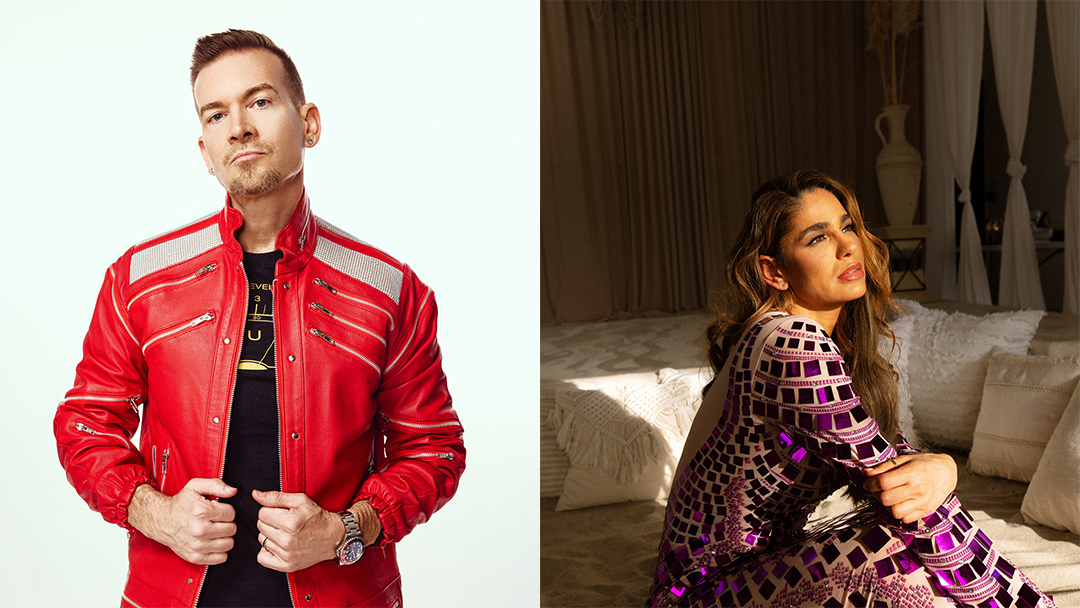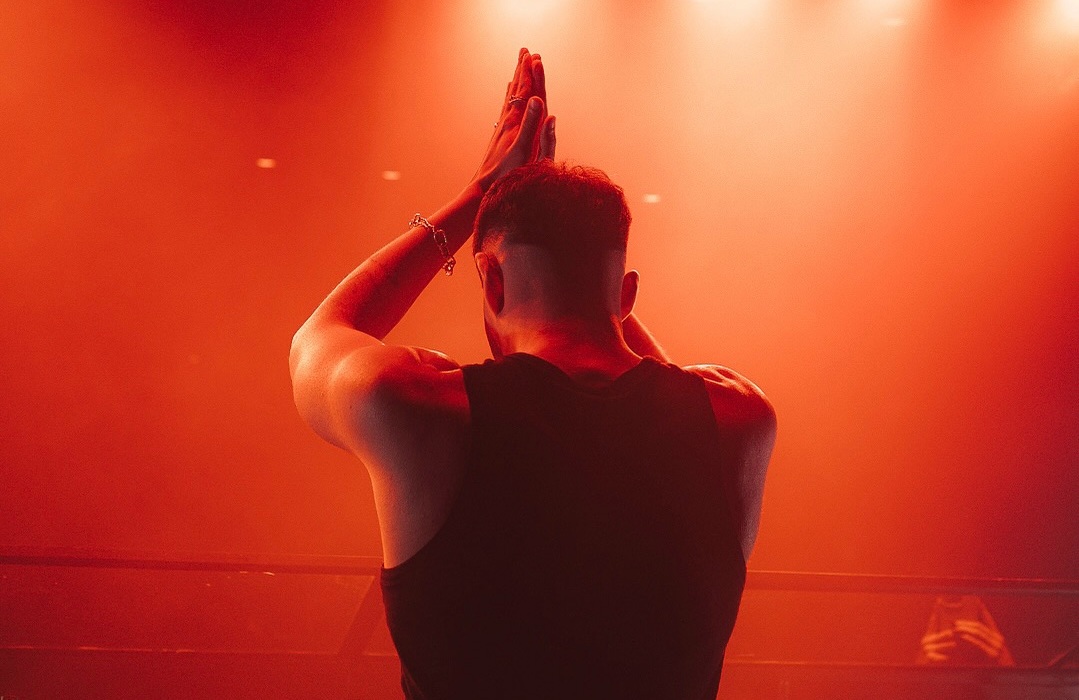Loosely adapting pre-existing works into mostly original properties isn't outside of the norm for manga and anime. After all, Lupin the Third and Dragon Ball both played around with characters and concepts from Arsene Lupin and Journey to the West, respectively. Another such work is Shinobu Ohtaka's Magi. Running from 2009 to 2017, the popular series reimagined characters from stories like Arabian Nights into a shonen adventure full of mysticism and swashbuckling. With Ohtaka's newest manga, Orient, both heading to English-speaking audiences and getting an anime adaptation, here's a look at what made two of the heroes from her previous series work so well.
The two most recognizable names in the series are easily Aladdin and Sinbad. Heroes from perhaps the two most adapted portions of One Thousand and One Nights, the versions of the characters found in Magi feature as many striking similarities to their literary equivalents as they do to other shonen protagonists. Aladdin is a diminutive youth who searches throughout the land to find an elusive djinn. He already holds one such djinn in his magical flute, who can be summoned by Aladdin whenever he wishes. Able to gather the mystical Magi of Rukh, Aladdin is one of several people who have been given the moniker of "magi."
Sinbad is portrayed as the king of Sindria, as well as the leader of the Alliance of the Seven Seas. He is also the master of seven different djinn, having previously captured several dungeons in which they lurked. Due to his unprecedented success with dungeons, he and his crew are forbidden from entering into other dungeons. He eventually encounters and befriends Aladdin, though his actual ambitions are incredibly mysterious.
Shonen tropes and archetypes abound with how Magi presents these two literary characters. Aladdin has the carefree and adventurous vibe of many modern shonen protagonists, with his most common comparison being to One Piece main character Luffy. This can be seen in their similarly happy-go-lucky attitudes and quickness to make friends with the most unlikely people that they meet on their adventures. His simplistically good nature can also make him ignorant of the nuances of the world, devotedly trying to do good like others in the genre.
Aladdin's ability to transform his turban into a flying carpet can also be compared to Goku's Flying Nimbus cloud, with both concepts also having tenuous ties to their source material. Aladdin, despite his youthful appearance, also shares the perverted and lecherous nature of many shonen heroes, with buxom women being his usual targets. Another similarity is that Aladdin is prone to falling into cartoonishly deep slumbers, although this is because summoning his djinn Ugo is so taxing on him. There are also hints of Aladdin being a sort of chosen one, filling a role seen in Naruto and other shonen manga.
Sinbad, on the other hand, is a very obvious bishonen archetype, as shown by his tall, dark and handsome design. This is all accentuated by his long flowing hair and various bangles and baubles, giving him a sense of aristocracy. The fanservice is made complete by the fact that he initially shows up naked. Likewise, his mastery of dungeons makes him similar to other savant type characters, such as Zoro. He even went on to receive his own spinoff, cementing him as the cool breakout character.
Magi's ending has seen its prominence in discussion of shonen titles dwindle significantly, but that doesn't reflect its quality. Reworking a literary classic into a fun adventure manga, the series hopefully paved the way for Orient to become even more successful.
KEEP READING: Dragon Ball Proves a Saiyan's Greatest Strength and Worst Weakness is Rage


